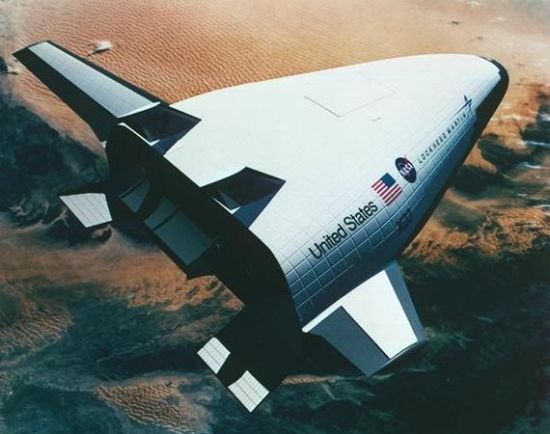|
||||||||||
|
|
||||||||||
|
||||||||||
|
|
||||||||||
|
|
|
||||||||||||||
|
by Jeff Scott Fall 1999
Introduction:It was not long ago when the aerospike nozzle was unknown to all but a handful of rocketry experts. Aside from a spate of research in the early 1970s, the concept of the plug nozzle appeared to be nothing more than a footnote in aersopace history. Though explored by the Germans as early as World War II for use in jet engines, it was not until the unveiling of Lockheed Martin's winning X-33 concept that this type of engine has received widespread attention. In this site, we will first explore what a rocket nozzle is and compare the three major families of nozzles used to date. Next, the theory underlying the aerospike family of nozzles will be presented. In addition, the advantages and disadvantages of this form of nozzle, in comparison with the traditional converging-diverging nozzle, will be discussed. Finally, we will look at the effort to research, develop, and test aerospike engines, especially those developed for NASA's X-33 launch vehicle.

Last modified 15 January 2001 |


|
Aircraft | Design | Ask Us | Shop | Search |

|
|
| About Us | Contact Us | Copyright © 1997-2023 | |||
|
|
|||